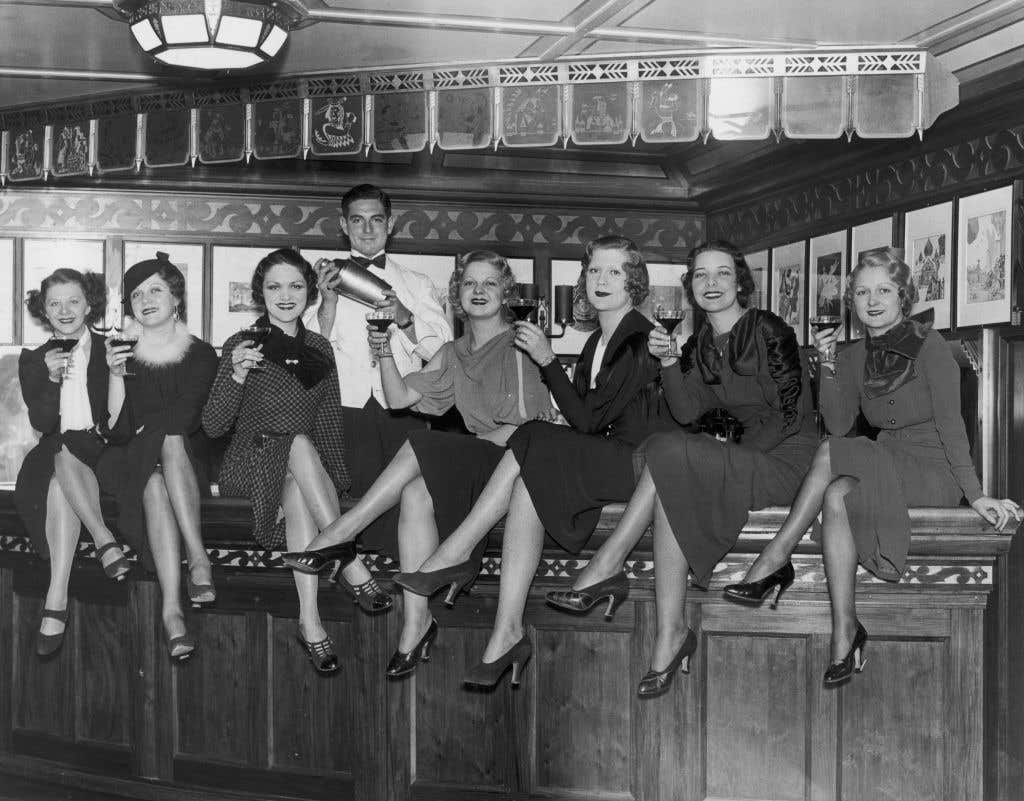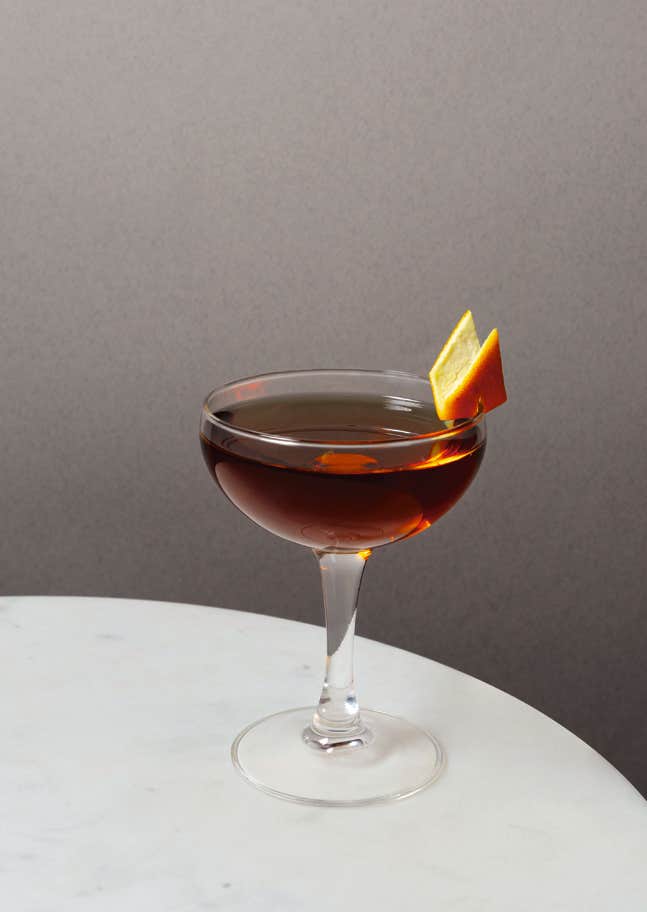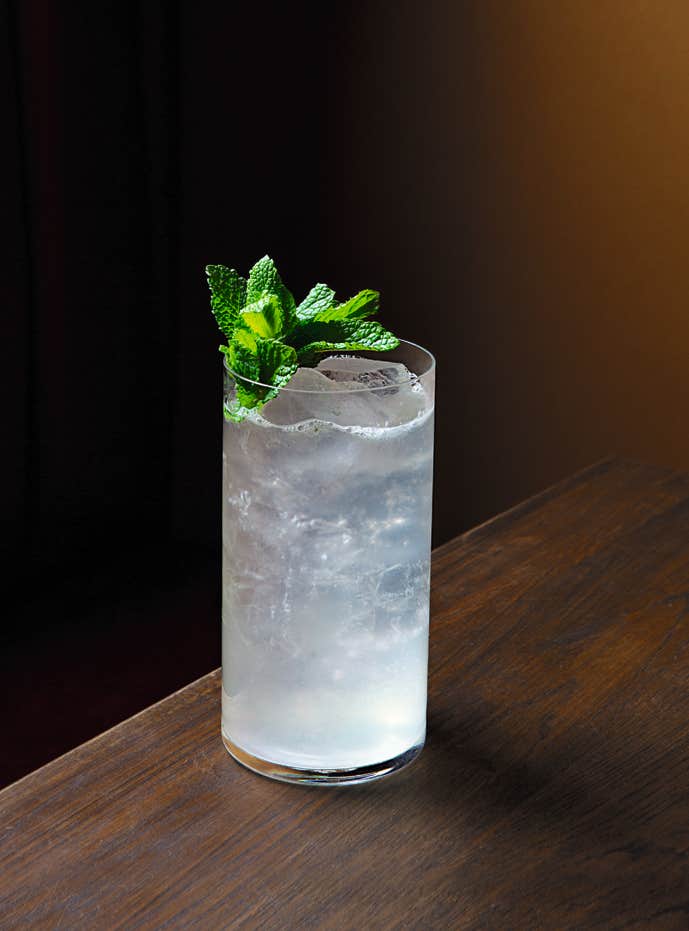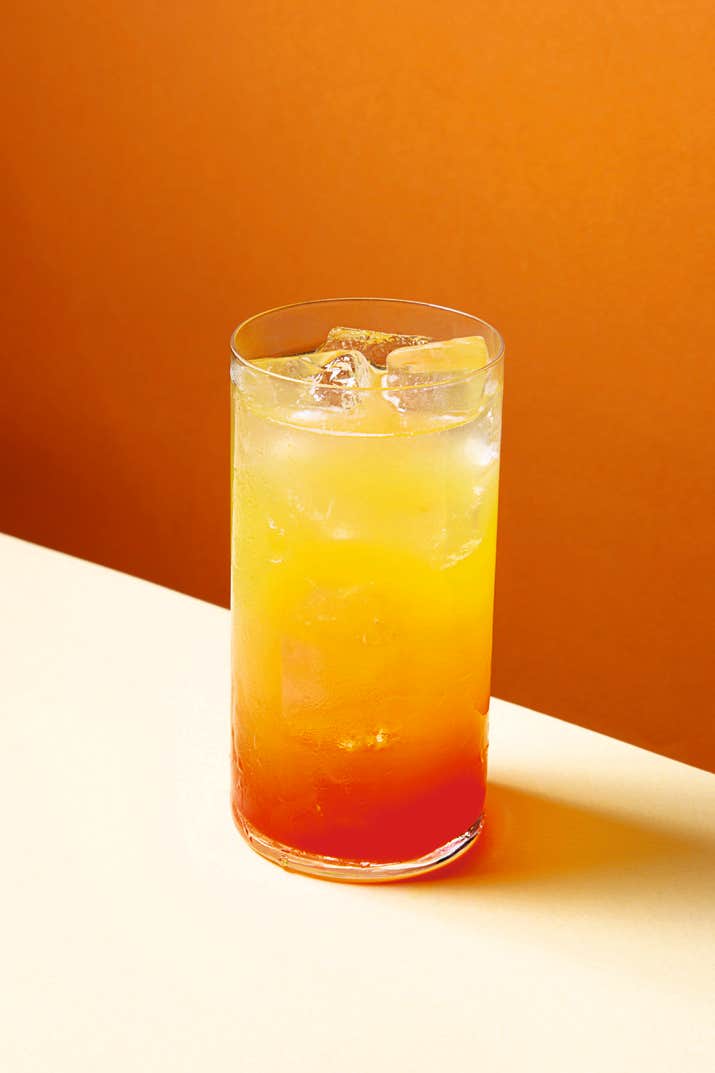
Why Repeal Day Is Still a Party 90 Years Later
And three classic cocktails to celebrate the end of Prohibition.
This December 5th will mark the 90th anniversary of Repeal Day, the day the 21st Amendment was ratified. Thus ended Prohibition, the so-called “Noble Experiment'' outlawing the sale and consumption of alcohol that lasted from 1920 (earlier in some states) to 1933. Despite the infamous loopholes for “prescriptive” purposes which helped ensure veritable lakes of illegal hooch remained in circulation, Prohibition was a massive blow to the American economy, even beyond its impact on the alcohol industry. Its effects spread to other sectors as well, including agriculture, theater (loss of revenue in concessions), trucking, even businesses like textiles. It was also deadly, killing thousands from drinking tainted spirits and giving rise to the vicious criminal syndicates connected to bootlegging. Liquor industries and consumers alike are still agonizing with the abstruse three-tier, state-by-state (and in some instances, county-by-county) distribution system that was put in place when legal sale of alcohol resumed. Also, for some reason, some drinkers still think a bar with passwords and a byzantine system of entry is an alluring concept. Yet the date remains a cause for celebration around the country, inspiring cocktail parties and even piñatas in effigy of Carrie A. Nation, a.k.a. “Hatchet Granny”, the stern figurehead of the temperance movement.
At the height of Prohibition, my maternal grandmother was in medical school, and she would tell stories about the “path-tub” gin concocted in the pathology lab at New York University. However, a prevailing misconception is that every cocktail from this era was invented to mask the taste of flawed homemade spirits. Proper alcohol was still accessible in Europe and other points abroad, where many American bartenders relocated to continue their trade. Meanwhile, boatloads of imported liquor was smuggled into the states and consumed privately or at speakeasies. Budget-minded, booze-seeking tourists could also legally cross the border via what were then easy and affordable routes by car, ship, or small plane.
My book Signature Cocktails contains recipes for 200 cocktails from around the world spanning the entire history of mixed drinks. A few are Repeal Day celebration-appropriate because they were either invented during those years or exemplify its aftermath, but three in particular stand out—Tequila Sunrise, Boulevardier, and South Side.
The Tequila Sunrise was the result of Americans’ alcohol-fueled tourism between the 1920s and ‘30s, particularly to Cuba and Mexico, the latter where the cocktail was first served at Agua Caliente, a combination casino and racetrack complex that was just over the border in Tijuana. The original cocktail was (and in my book, is) an elegant bramble-style refresher, not the cloying dive bar staple with orange juice concentrate popularized as part of Mick Jagger’s Rolling Stones touring rider in the 1970s.
Paris in the 1920s is the setting for the Boulevardier, popularized by American writer Erskinne Gwynne at Harry’s New York Bar, which is named for its charismatic Scottish barman/owner, Harry MacElhone, and the original wooden bar shipped over from the city in 1911. Gwynne was part of an elite gentlemen's club of regulars known as the International Bar Flies (IBF), which mostly consisted of expats. They had a secret handshake, wore special pins, and drank cocktails with top-shelf ingredients such as this “bourbon Negroni”.
Our third celebratory cocktail, the Southside, was invented in the heart of New York City on New Year’s Eve 1929 for the opening of ‘21’ Club. Cousins Jack Kriendler and Charlie Berns (the restaurant was often referred to as “Jack and Charlie’s”) brazenly established it during the final years of Prohibition, when the rules, at least in the city, were becoming somewhat lax. However, the bar was outfitted with a collapsable liquor shelf that emptied into the street below just in case the feds showed up. Decades until its final closing in 2020, though it rejoiced in a convivial Martini culture, the tall, gin and mint Southside, a sort of gin Mojito, was its most popular signature.
Whatever your choice of cocktail, it’s worth celebrating the day that Americans could legally have their booze back. Over the 90 years since then, some of the most iconic cocktails were created in the U.S., and though it took decades to recover, American wine, beer, and spirits industries were experiencing a healthy boom by the early 2000s. Take that, Carrie A. Nation.
Keep Reading
Continue to Next Story













